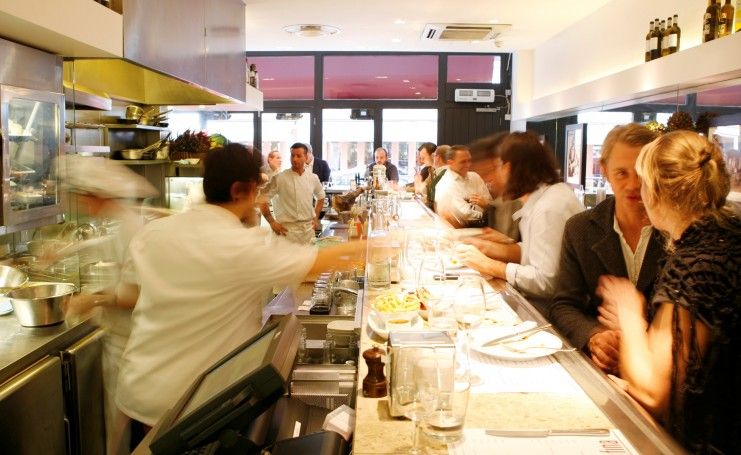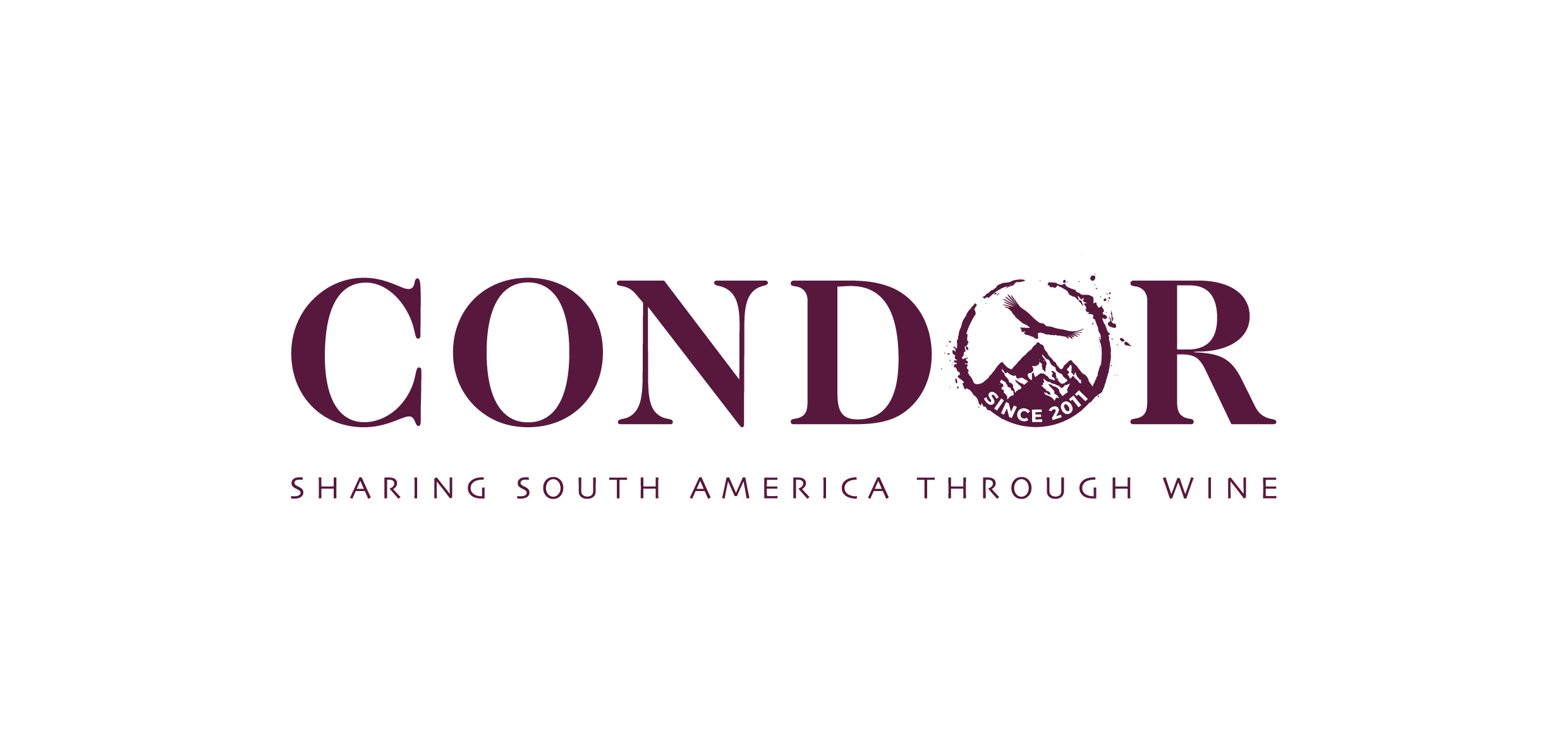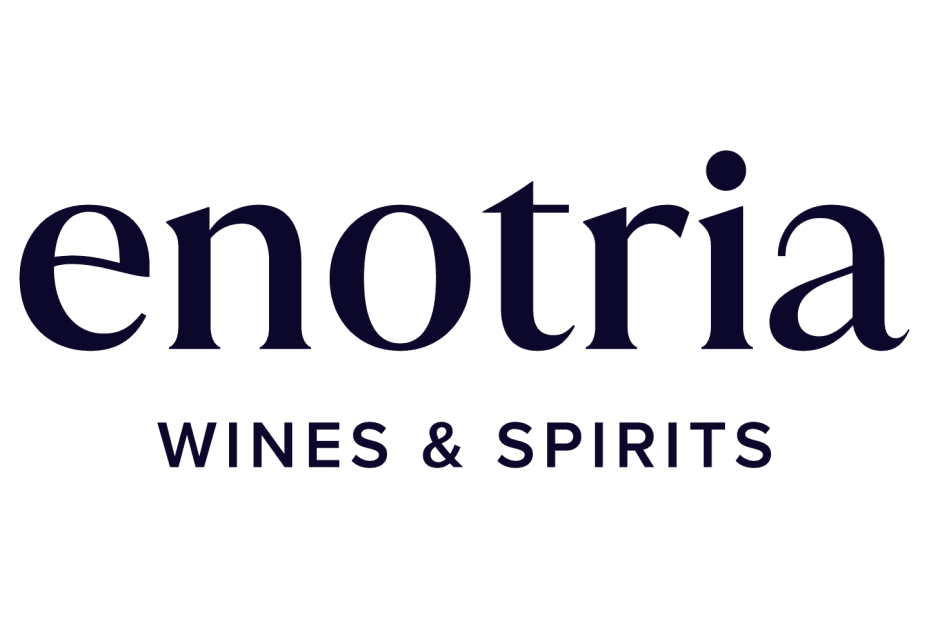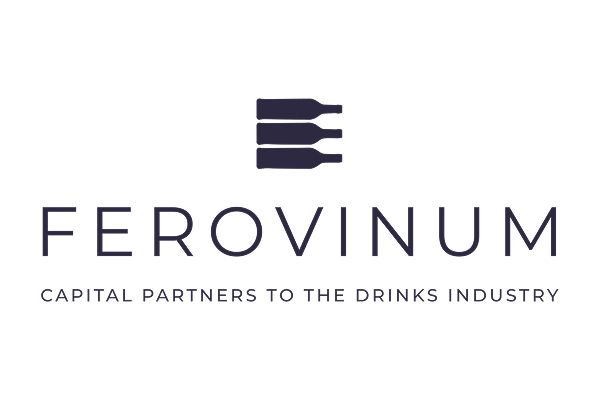It’s not just the food that restaurants in London are now serving, but the drinks on offer right across the premium on-trade that makes it one of the most exciting trendsetting cities in the world.
While the rest of the country may only grudgingly acknowledge it, and chippy northerners downright resent it, London is undoubtedly at the centre of most new trends.
From fashion and music to art and culture, not to mention food and drink, the capital leads the way in many different areas. And that’s just as true of the premium on-trade as for any other sphere.
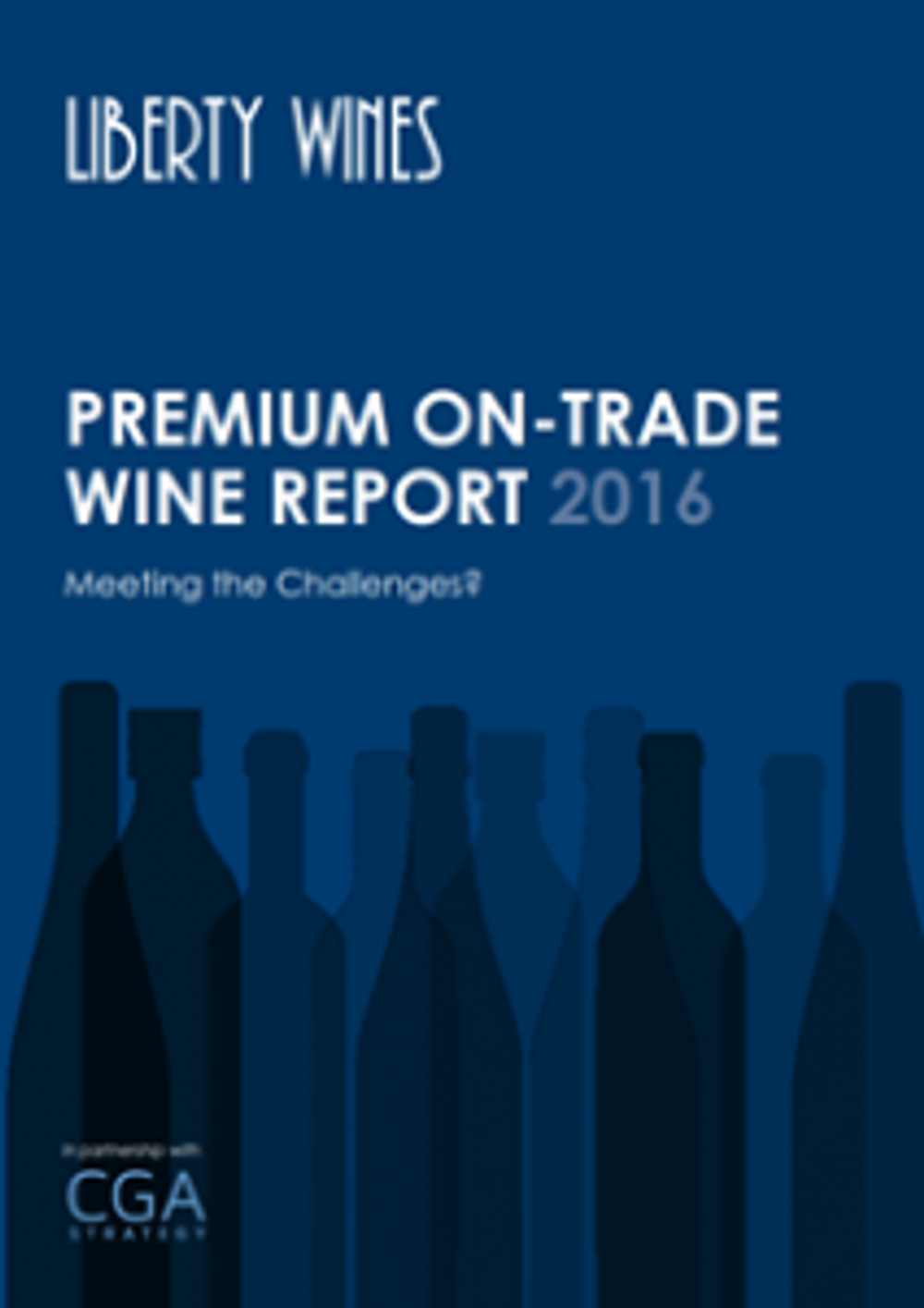
London has long been acknowledged as being a very different market from the rest of the UK; with a large, diverse population and high levels of disposable income, Londoners are adventurous and keen to try out new trends. Combined with hectic lifestyles and a huge choice of places to eat and drink, Londoners not surprisingly eat out more often than other Brits, at an average of four times a week, according to Liberty Wines’s latest premium on-trade report.
More opportunities to sell premium wine
Which is all good news for on-trade operators and suppliers alike.
“London’s fast-pace and high population density mean new openings are an everyday occurrence and there are more opportunities to sell more premium wines, more often,” confirms Emily MacDonald, director of UK sales at Liberty Wines. which has just produced its latest report into the premium on-trade market.
And London is accounting for an increasing proportion of the total spend in that sector, up from 49% in 2013 to 58% today.
What happens in London today will, invariably, trickle down to the rest of the country at a later date, meaning the capital can be regarded as a reliable barometer as to where consumer preferences will shift to next.
“The make-up of the premium on-trade market in London perhaps allows for more experimentation by operators than outside the capital, with pop-ups now a mainstay of the dining and bar scene,” adds MacDonald.
“Those ideas that generate more business will then spread, whether that’s the provenance of pouring wines, specific grape varieties, the use of Coravin and serving from magnums, or customer-friendly ways to structure your wine list.The relatively high number of adventurous, close-knit sommeliers in our highly-populated capital also means wine news and trends spread more quickly across the premium on-trade inside London than outside.”
Growth is slowing
However, while the premium London-on trade continues to outperform the total London market in terms of both volume and value, its growth has started to slow down, compared to growth across the rest of the country.
Between 2013 and 2014, premium London grew twice as fast as premium outside London, but between 2014 and 2015 it grew at a slower rate than elsewhere.
The south east is now experiencing faster growth than London, albeit from a considerably smaller base.
Being adventurous
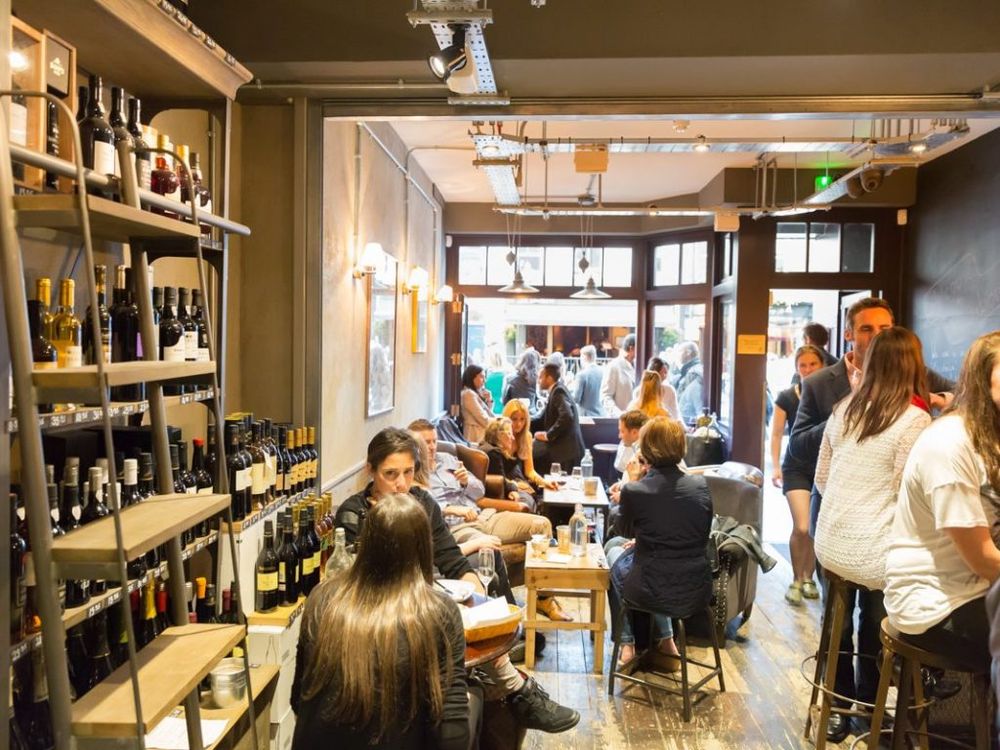
Demand for more wines by the glass has helped propel Vagabond Wine’s growth
So what are the key trends in the London premium on-trade? More and more outlets are now offering wines by the glass, which suits busy Londoners whose thirst for the new is seemingly insatiable.
“Eager to experiment with new styles and varieties, a good range of wines by the glass is the perfect way to encourage those adventurous spirits while moderating consumption at the same time,” says MacDonald.“It’s a useful way for savvy buyers to accommodate wine drinkers who are drinking less, but better, another growing trend as more people balance concerns about their health and alcohol consumption.
What do Londoners like?
But do Londoners have different tastes when it comes to particular varietals? According to Liberty, trends in London are shifting more towards the white varieties than they once did, with Chenin Blanc the fastest growing white variety in London, up by nearly 30% in volume, and just over that figure in value.
“With a huge range of styles from bone dry or luscious Loire wines to the beeswax character of a South African, it’s a great food wine with a quirky character so it’s not surprising sommeliers and wine buyers love it,” says MacDonald.
“While Sauvignon Blanc and Pinot Grigio are not going away (London drinks six out of 10 ofbottles of all Sauvignon Blanc after all), Chardonnay also remains a London favourite.For those who do prefer red, Pinot Noir and Shiraz are both growing fast, with many quality examples of Pinot Noir coming from New Zealand and Tasmania as well as the traditional French heartland.”
Flights of wine
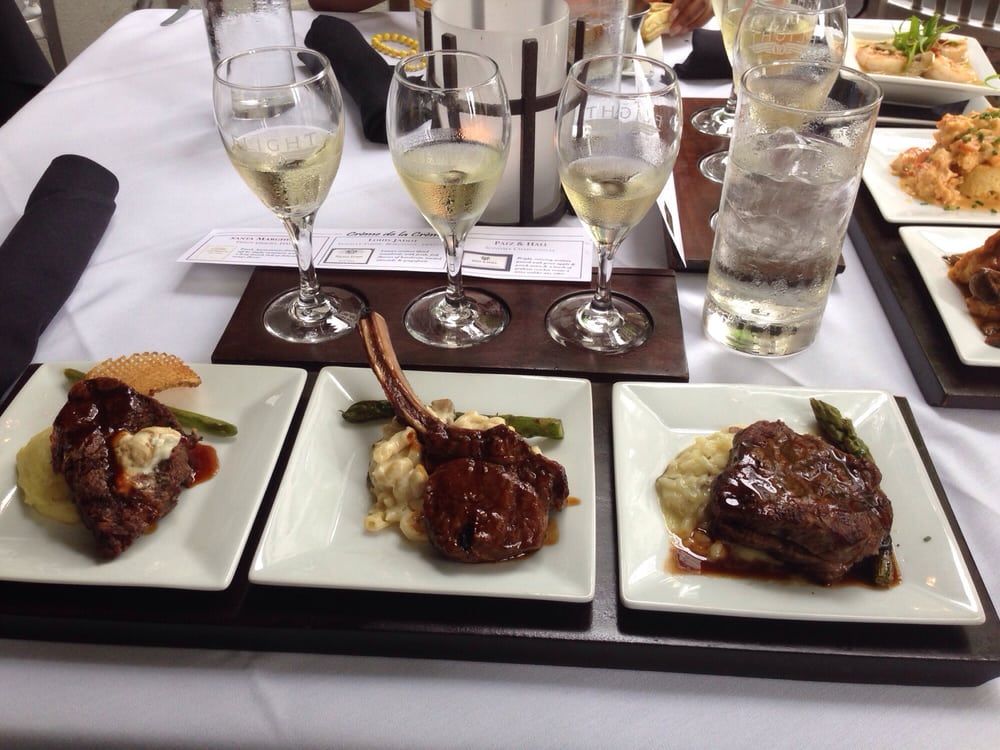
Flights of wine are now becoming more popular and allowing diners to taste new varieties
Flights of wine served with food are also becoming increasingly popular, according to MacDonald.
“This takes the hassle of choosing wine away from the diner, while broadening their horizons and giving the chef and sommelier the chance for some food and wine matching fun.
“This can be a particularly low-risk way for consumers to try something different, especially if they lack wine confidence, or for the venue to sell through some slow-moving stock. Picpoul de Pinet, niche German wines and specialist Grenache are great examples of wines that work well in these situations.”
The introduction of Coravin, the pioneering wine dispensing system, has also been a key factor in serving a wider range of wines at a higher price range by the glass, says MacDonald, as it allows for greater experimentation by the consumer who can be introduced to more aspirational wines in a risk free environment.
Forever England
Londoners are also proving increasingly loyal to domestically produced wines with Liberty experiencing a 79% uplift in sales in London in the past year. However, sales have also taken off in other regions of the UK, and even in Scotland sales have gone up by 22% year on year, so it’s a trend that is being embraced by the whole country.
“English wines are particularly popular across the whole of the south as they offer wine lovers a unique opportunity to buy local. They are no longer just a novelty – many are now internationally recognised as being world-class wines,” confirms MacDonald.
“Listings at premium on-trade venues across the capital are a great boost for them, raising awareness and putting them in front of visitors from around the world.”
Champagne sales continue to fizz
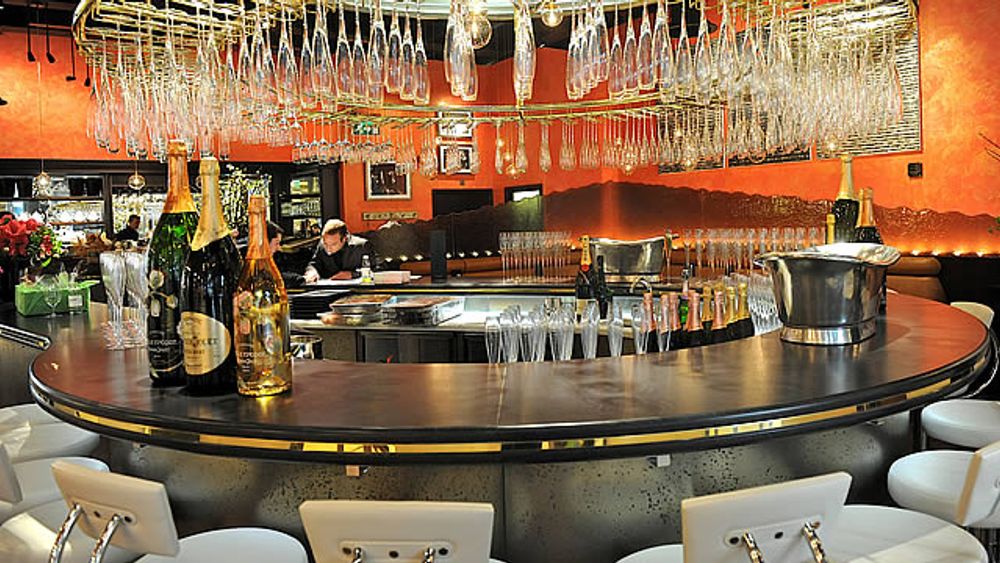
Champagne and sparkling are still driving wines sales in London
It may come as no surprise to learn that London accounts for 57% of all Champagne sales, in volume terms, with the South consuming 10% and Scotland and the North both comprising 9%.
Market share by value is similar, with Londoners drinking six out of every 10 bottles of Champagne sold. London still drives the growth of fizz, consuming more than double the volume and spending more than four and a half times the value on Champagne as on Prosecco.
While Champagne sales grew by 31% last year, according to Liberty’s own figures, growth in the southeast and Central regions of the UK have grown even faster, albeit from a much lower base. Growth, however, is slower in the capital than in the Central and South, where sales by volume have doubled and tripled respectively.
“Fizz sales in the premium on-trade are showing no signs of slowing and it’s clearly no longer just for special occasions,” confirms MacDonald.“Well-chosen, high quality Prosecco at entry level has made sparkling wine more accessible than ever.The premium on-trade demonstrates that consumers don’t have to choose between one or the other, there is room for both.’
Wider Champagne offerings
MacDonald also reports an increasing number of buyers are expanding their Champagne ranges, and offering a non-vintage, a vintage and rosé Champagne, whereas previously they would only have listed one.
And London dominates the Prosecco market too, certainly in the premium on-trade. The phenomenal rise of sparkling wine and Prosecco is a case in point. A full 55% of the volume of all Prosecco consumed last year in the premium on-trade was in London, with the central region making up 16% and the south 12%. The north only accounted for 3%,while the Scots consumed a paltry 3%.
And in terms of value, London accounted for even more Prosecco sales, at 57%.
However, it is the central region of the UK that is actually seeing the biggest growth in Prosecco sales, as sales in London begin to level off.
Look north
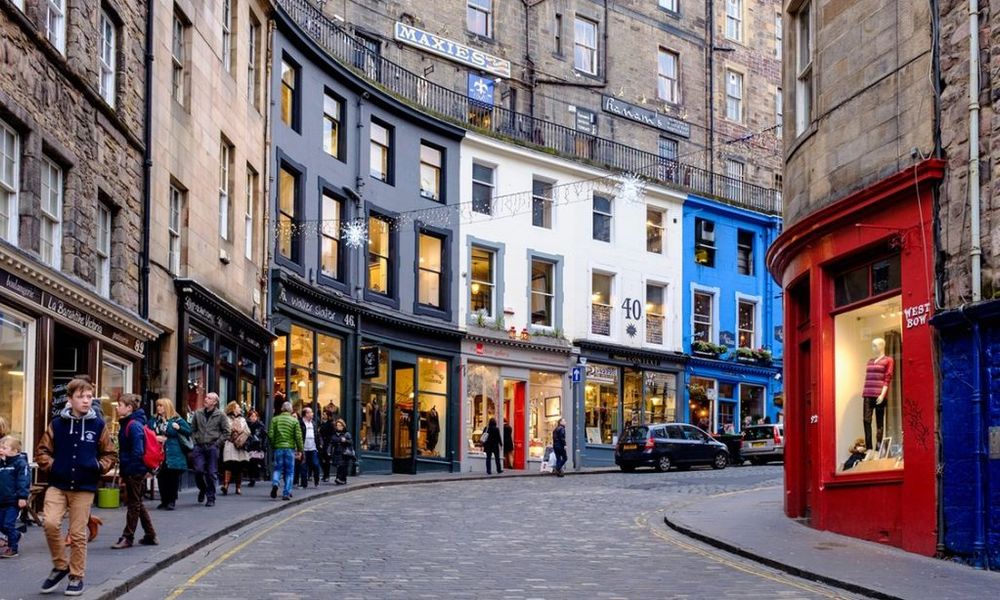
Cities around the country, including Edinburgh, are now enjoying enormous growth in restaurants and bars, says Liberty
While London clearly spearheads many trends, some other cities in the UK are not too far behind.
Edinburgh, for one, has long been regarded as the second restaurant city in the UK, and its residents are keen to adopt any new trends spawned in London.
Manchester and Leeds aren’t too far behind either, according to Macdonald.
“New openings all the time are adding to an exciting list of great restaurants, bars and hotels that are raising the bar and putting their own stamp on food and wine consumption outside the capital.”
- You can read our initial analysis on Liberty’s on-trade report with its overall assessment on premium wine.
